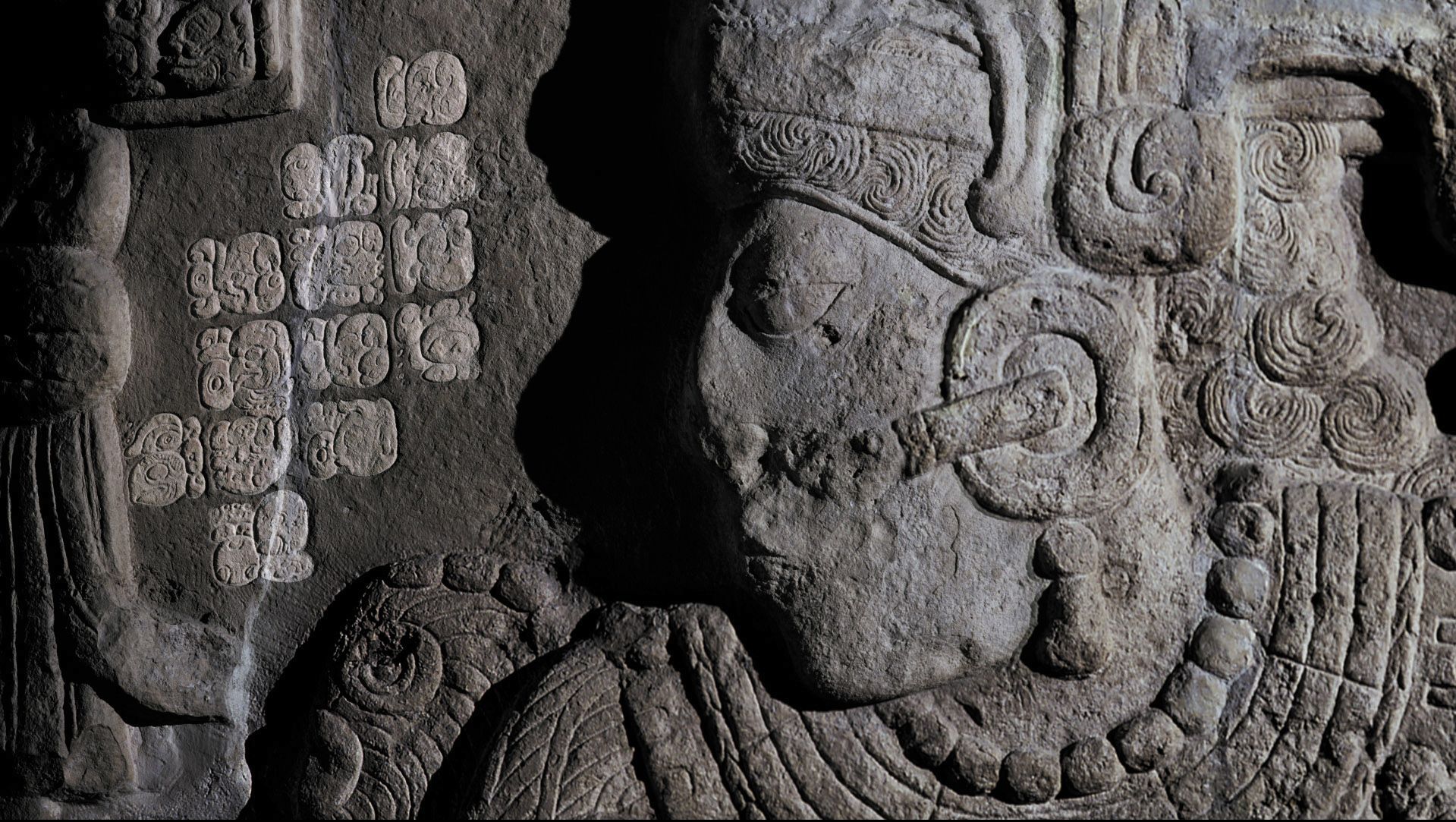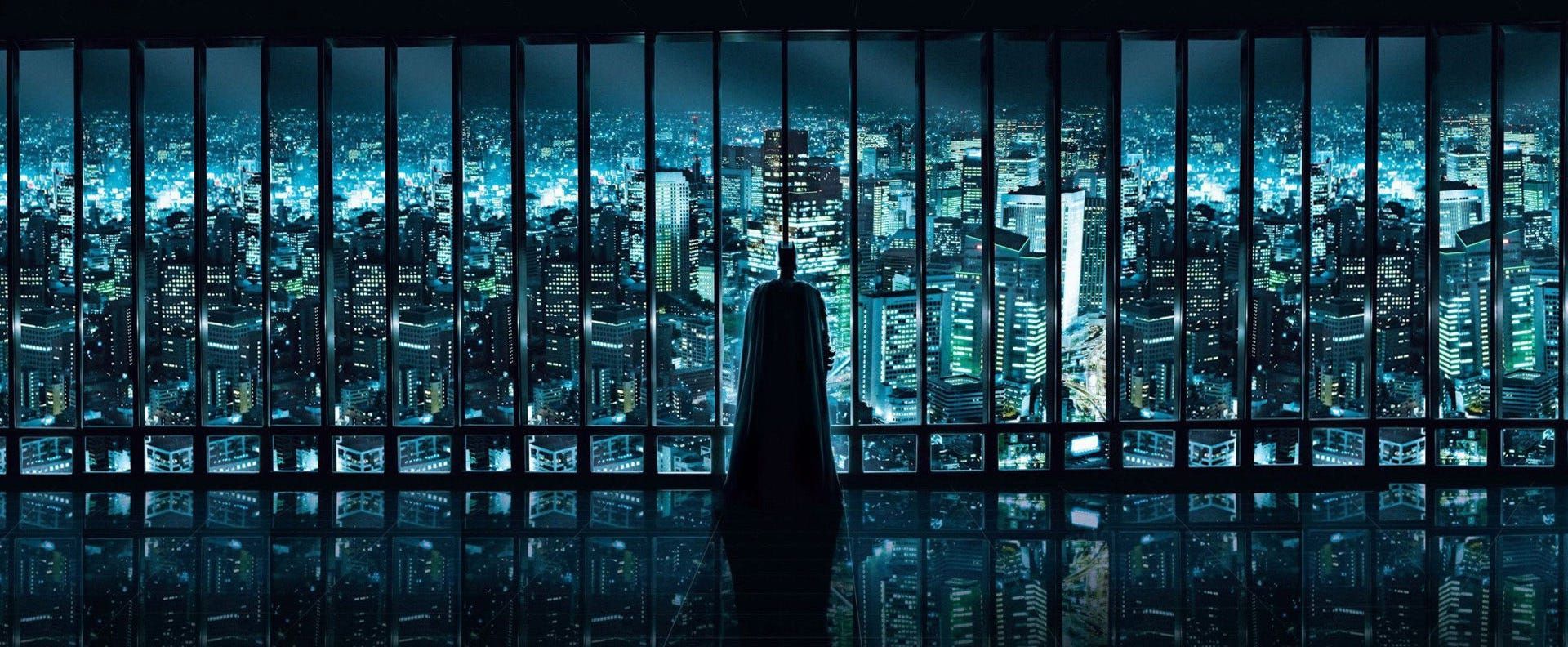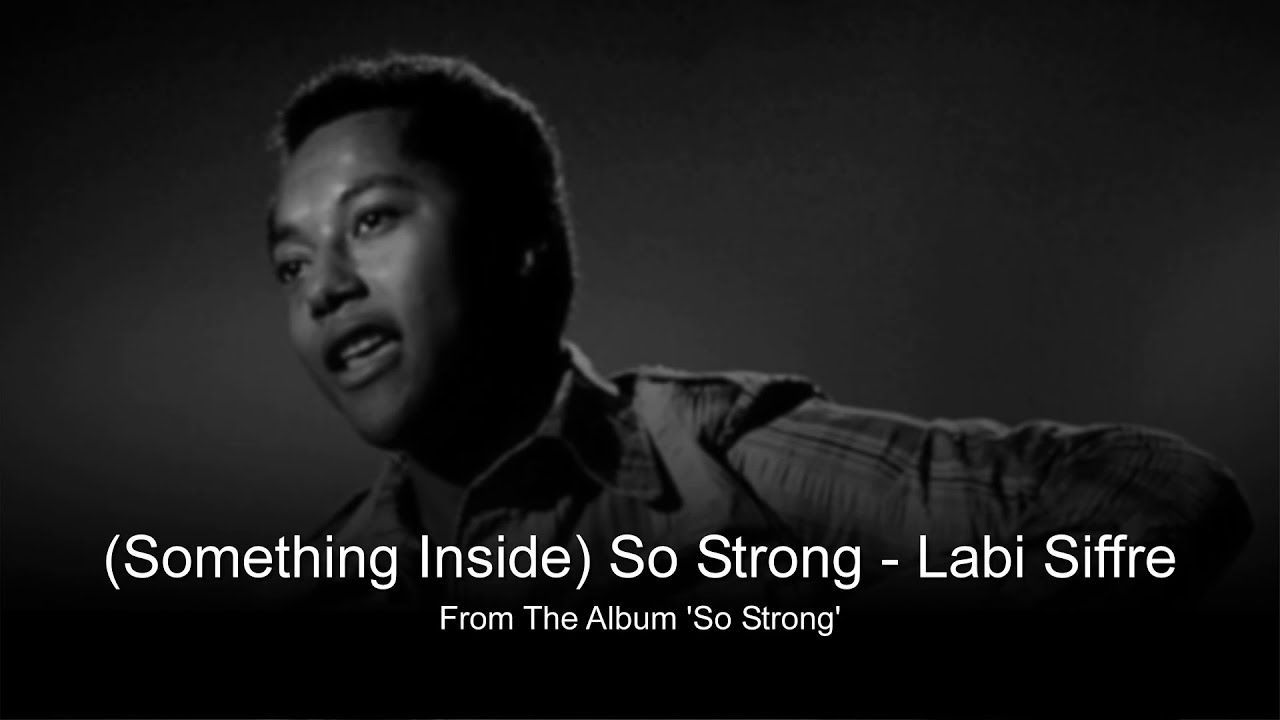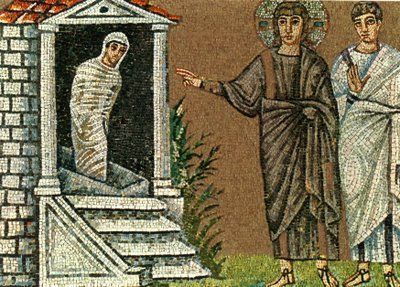博客
ToK Blog
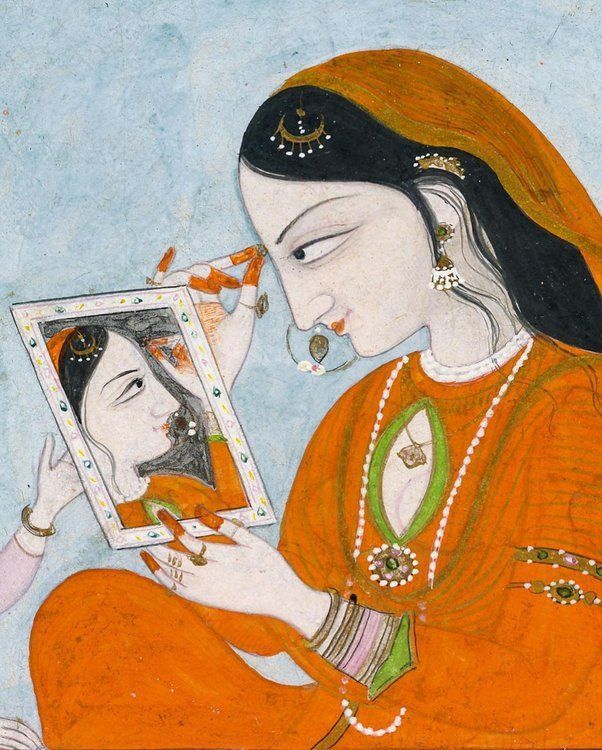
Human beings are at the centre of the knowledge universe. This is why in your TOK studies everyone explores the ‘Core Theme’. Figure 3 pictures ‘Me as a knower and thinker’. Anyone who pursues knowledge, whether an expert or not, will at some point have to reflect on the fact that there are various factors, both internal and external, which either promote or constrain their endeavours.

Let’s look at two alternative senses in which knowledge might be acquired within ‘bubbles’. One within the Natural Sciences. The other with the Arts. In the former, we explore the notion of scientific 'paradigms'. In the Arts, we look at the notion of 'storyverses' or fictional worlds into which we imaginatively immerse ourselves...

HS experts are supposed to be trained to communicate difficult knowledge about mental health conditions and yet our expectations sometimes ignore the fact that diagnosing and treating mental illnesses is a messy business and not always easy. New tech allows experts to create visualisations which in turn can be helpful in communicating the complexities of a case and potential treatments...
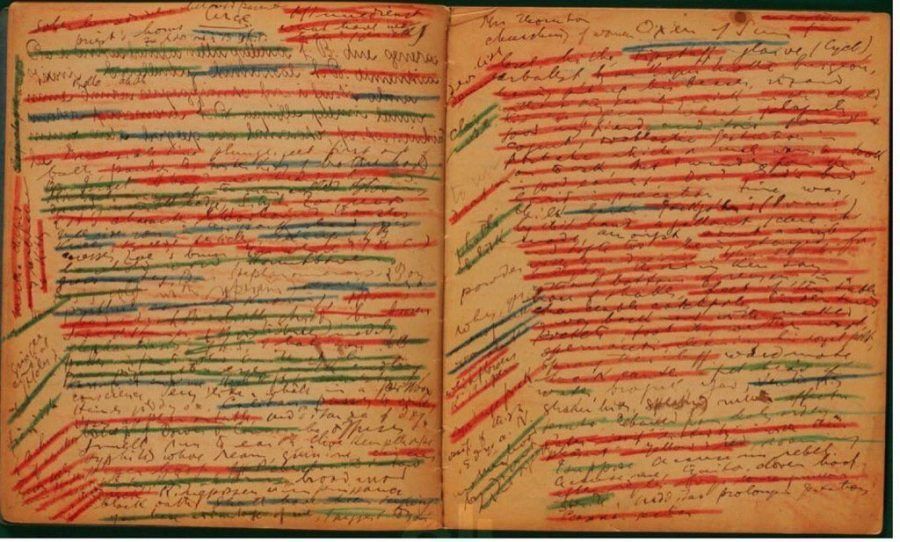
Artists are like magpies who copy from other artists. This form of ‘copying’ is the broad sense of the term ‘replicability’ in this Title. From one point of view, such ‘replication’ leads to the creation of original works of art which make us see the world anew. From another point of view entirely, such copying borderlines on artistic plagiarism, fraud or forgery...
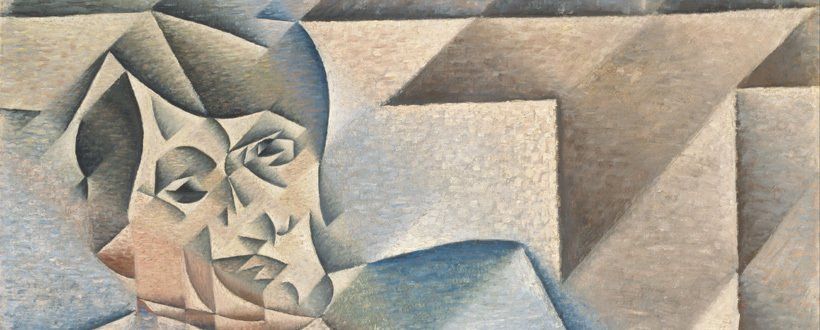
Now, consider a clichéd example when we seem to have the utmost certainty and confidence in knowledge and they both seem to be moving in the same direction: 2 + 2 = 4. On the one hand, this is something you cannot doubt, isn’t it? You know this with 100% certainty.. You might actually be very confident about your knowledge...






